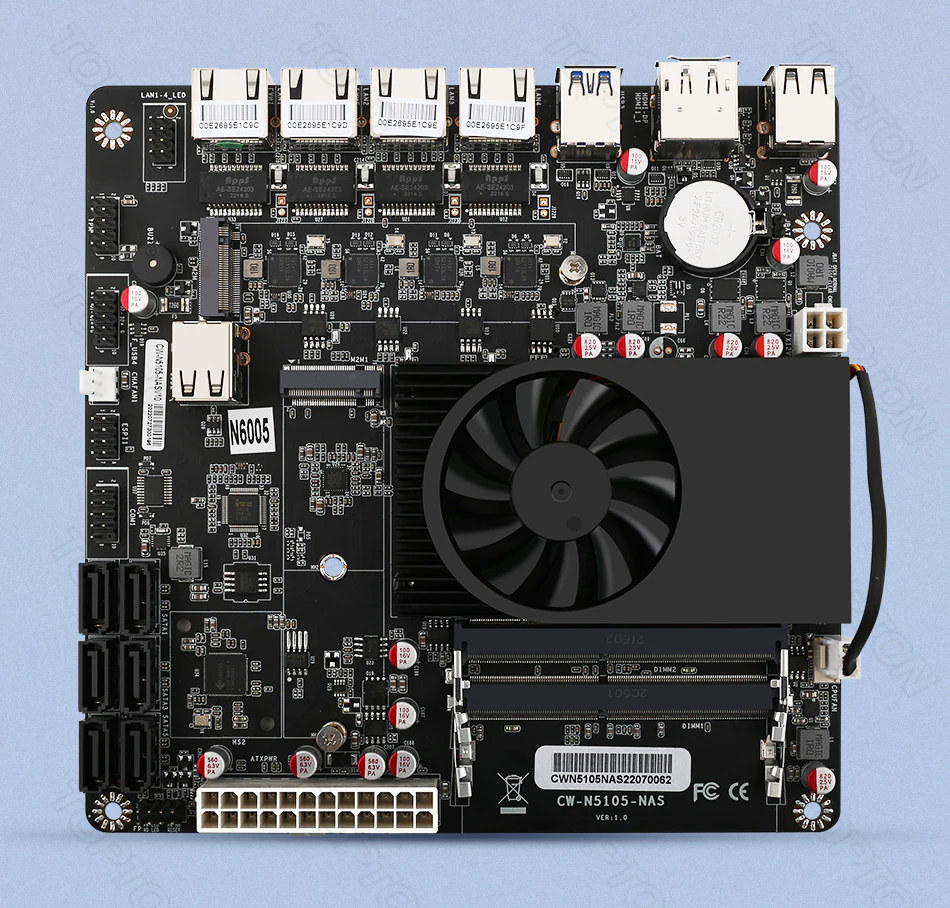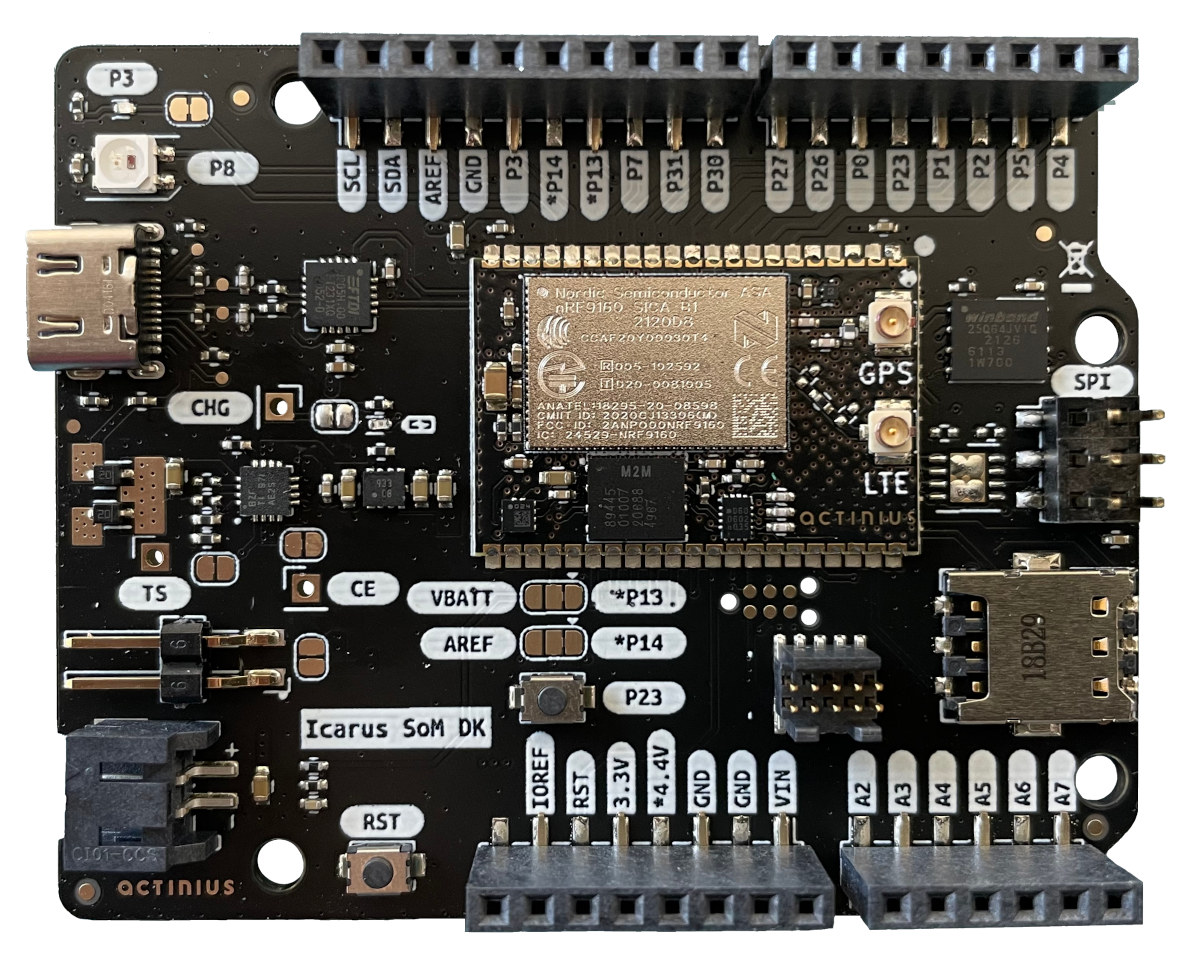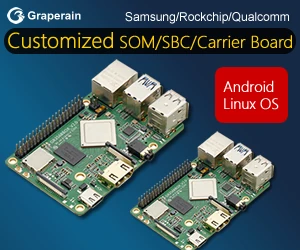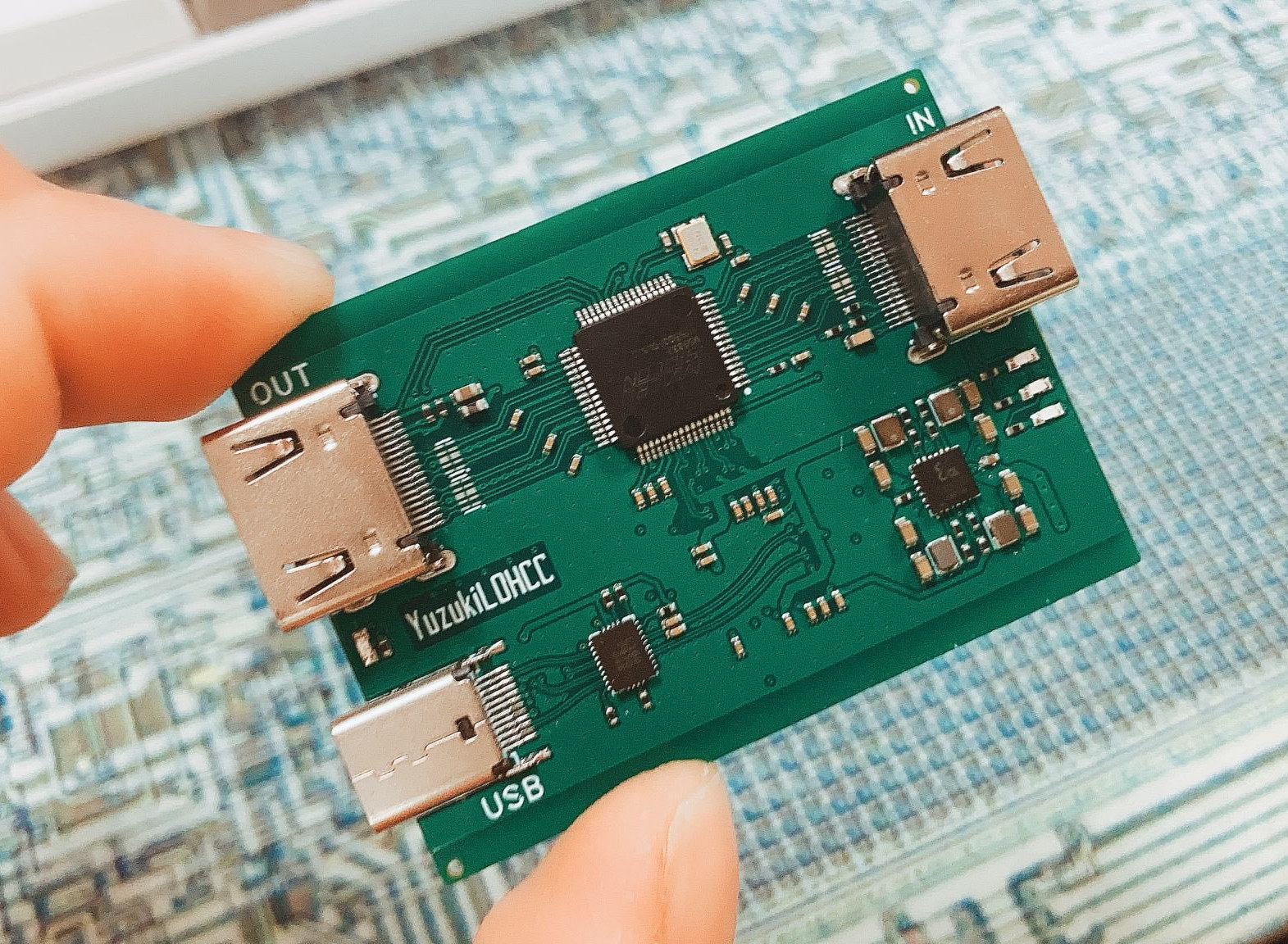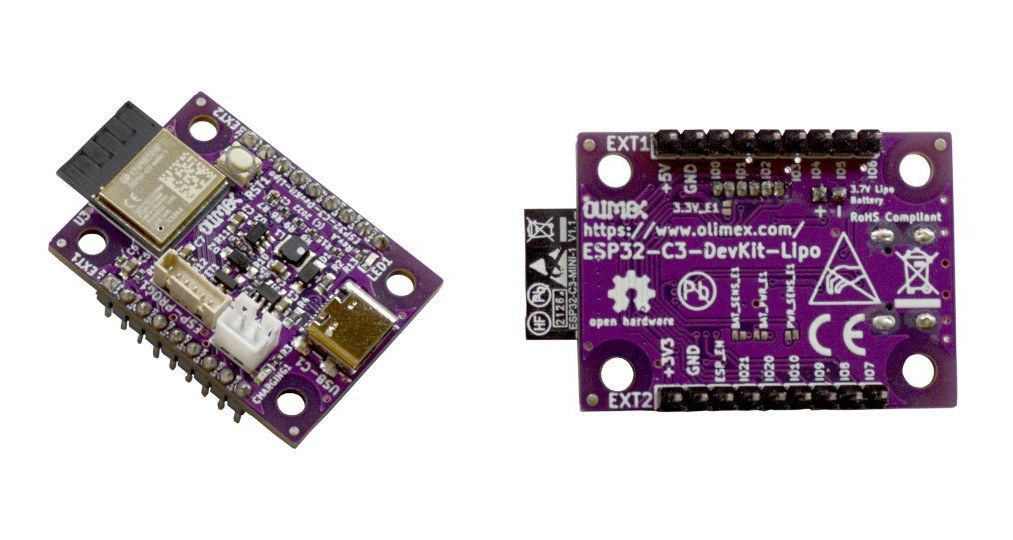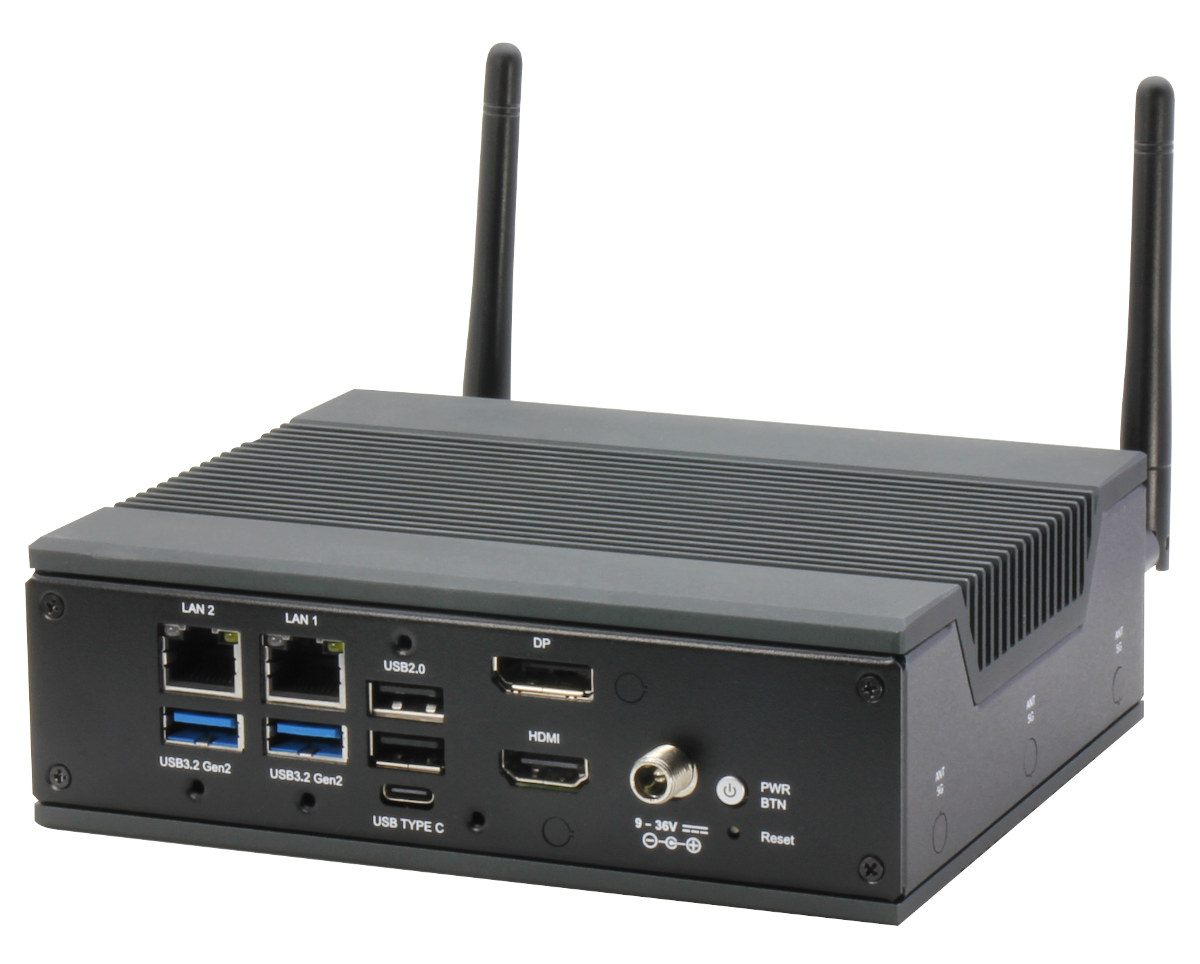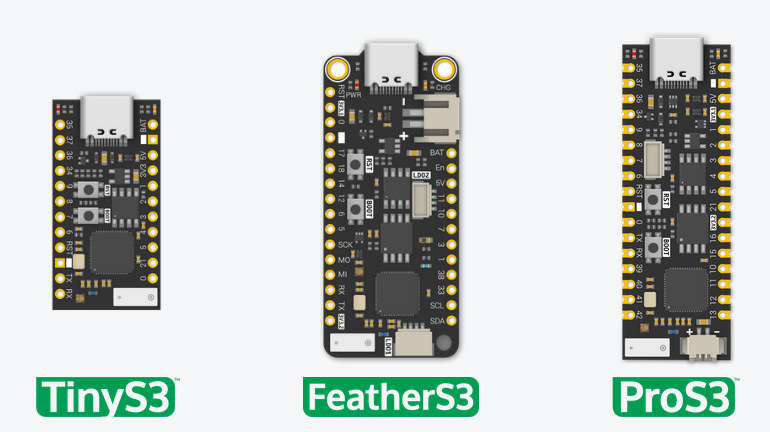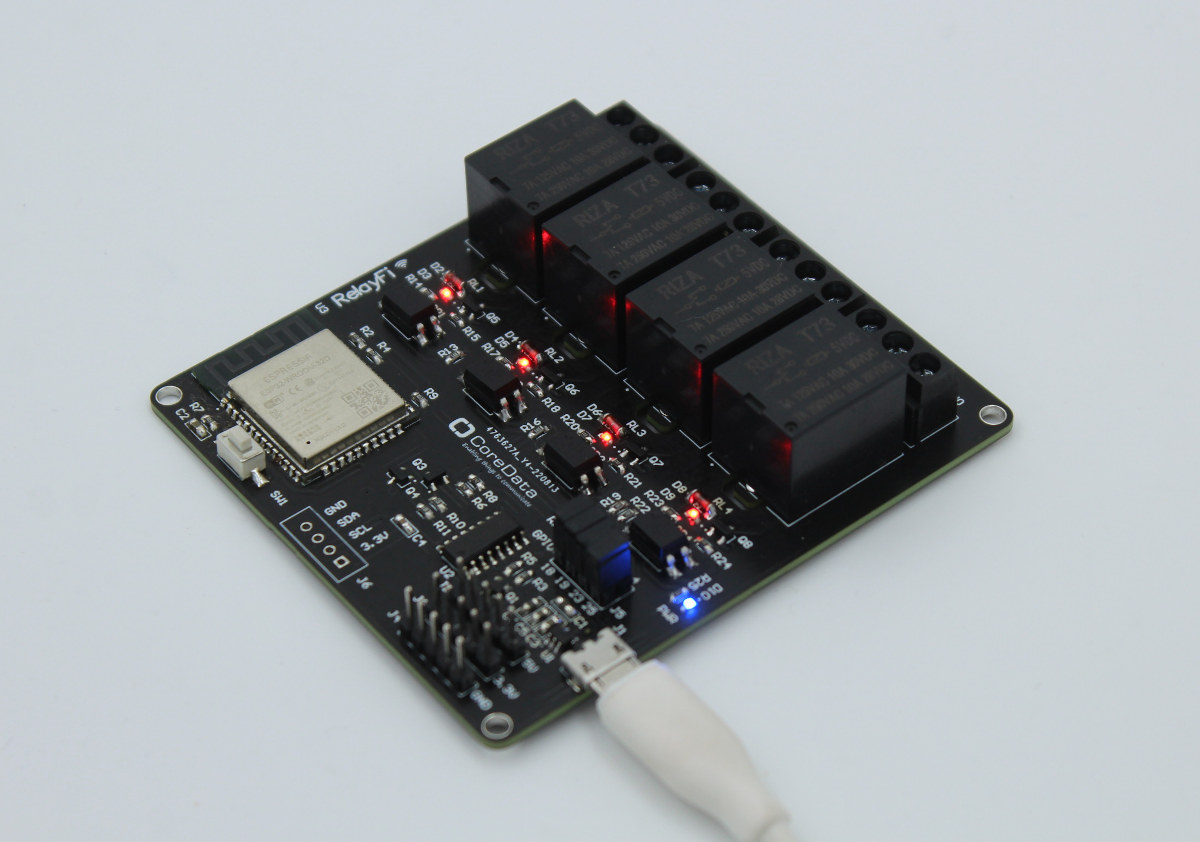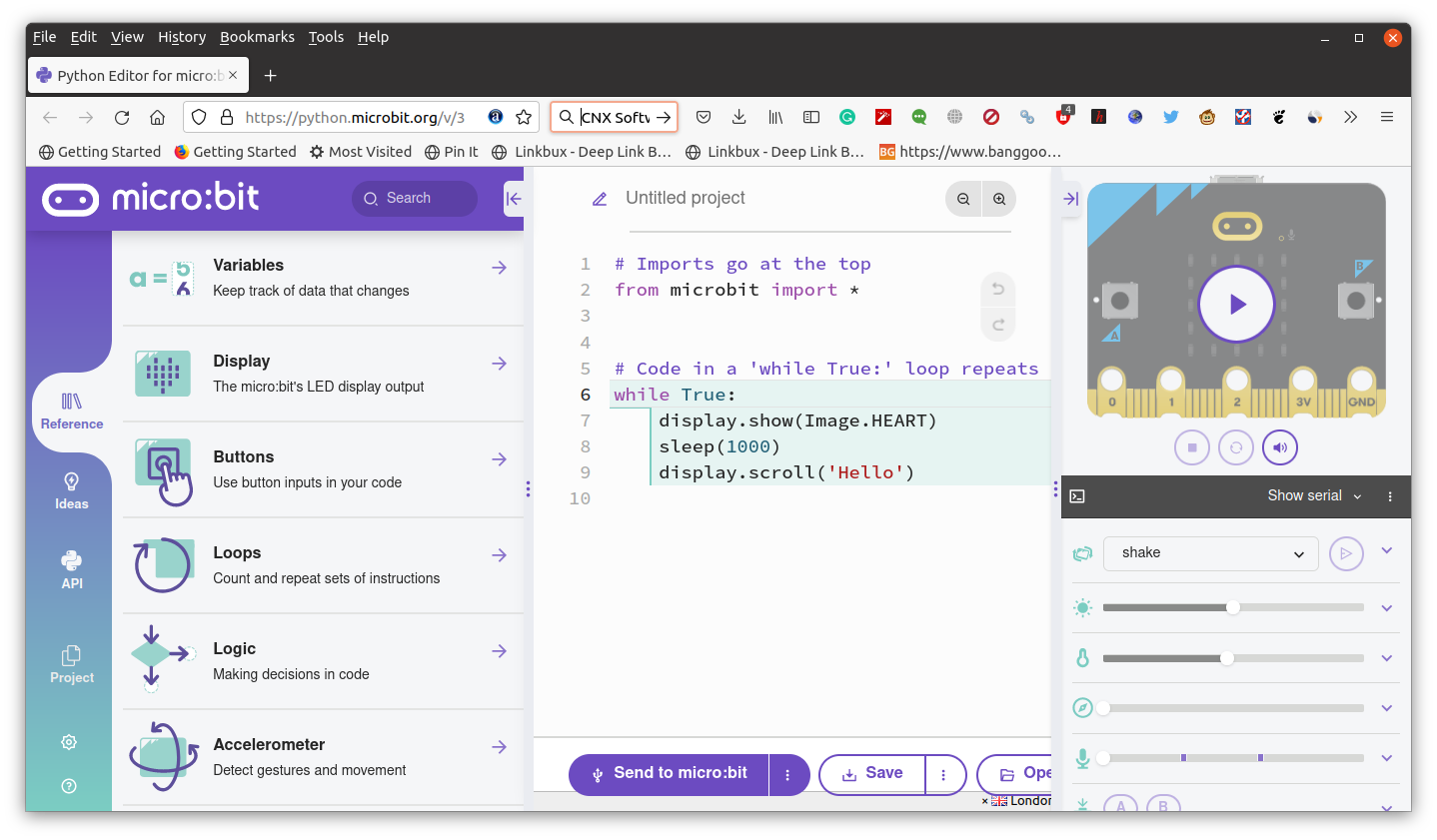Jasper Lake Mini-ITX motherboard comes with 6 SATA 3.0 connectors, 2 M.2 NVMe sockets
Topton “N5105/N6005 NAS board” is a mini-ITX motherboard powered by an Intel Celeron N5105 or N6005 Jasper Lake processor, equipped with six SATA 3.0 ports, two M.2 NVMe sockets, and four Intel i226-V 2.5GbE controllers. The board also comes with two SO-DIMM DDR4 slots for up to 64GB RAM, HDMI 2.0 and DisplayPort video outputs, and several USB 3.0/2.0 interfaces. As its name implies, it is designed for network access storage (NAS), but I could also see it used as a networked video recorder (NVR), a network appliance, or a multi-purpose machine. Topton “N5105/N6005 NAS board” specifications: SoC (One or the other) Intel Celeron N5105 quad-core Jasper Lake processor @ 2.0GHz / 2.9GHz (Turbo) with 24EU Intel UHD graphics @ 450 / 800 MHz (Turbo); 10W TDP Intel Pentium N6005 quad-core Jasper Lake processor @ 2.0GHz / 3.3GHz (Turbo) with 32EU Intel UHD graphics @ 450 / 900 MHz (Turbo); […]

